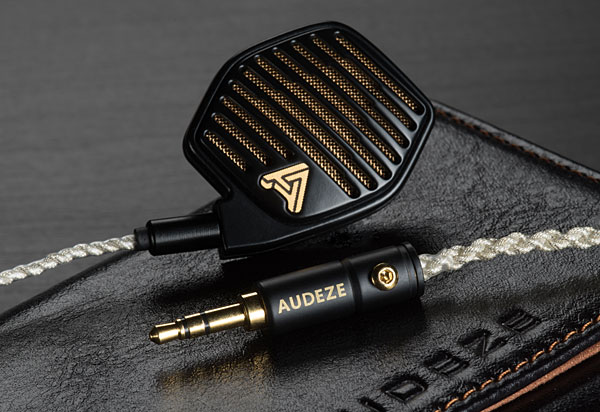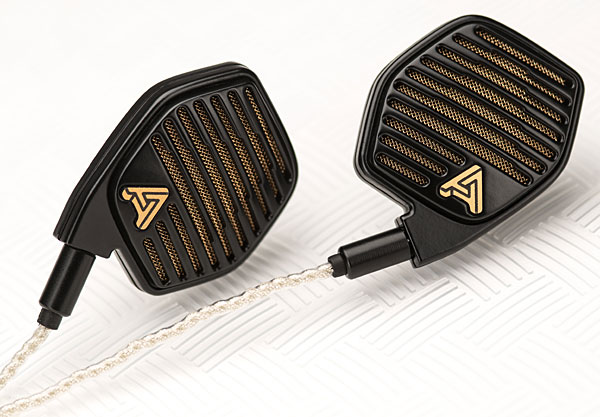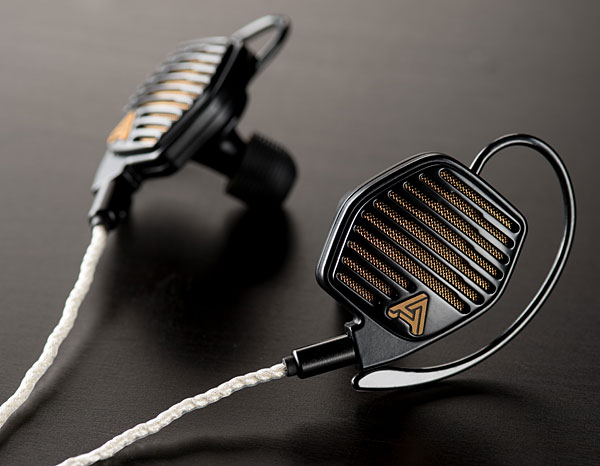| Columns Retired Columns & Blogs |
Does Nordost make a $1500 cable to improve these earbuds when plugged into your IPhone? Once again, this is a great way to get kids with their disposable Sony or Apple earbuds interested in quality audio, introduce them to $2500 earbuds. I'm sure they can afford them if they save their salary from McDonalds or Pizza Hut. Do you people live in Trump tower? Do you really understand at all how real people live? I don't even know what else to say. I hate earbuds anyway. I'll keep my classic Sennheiser HD424s.
The Emperor has no clothes!










































